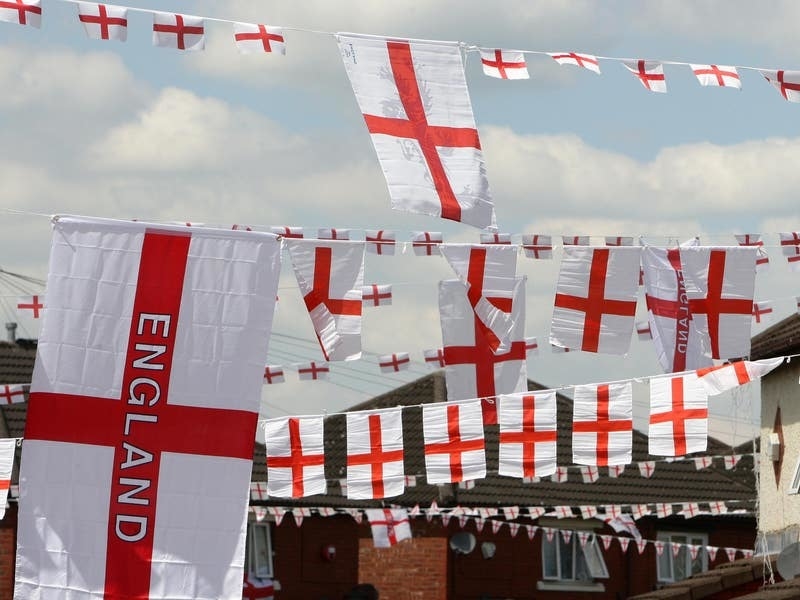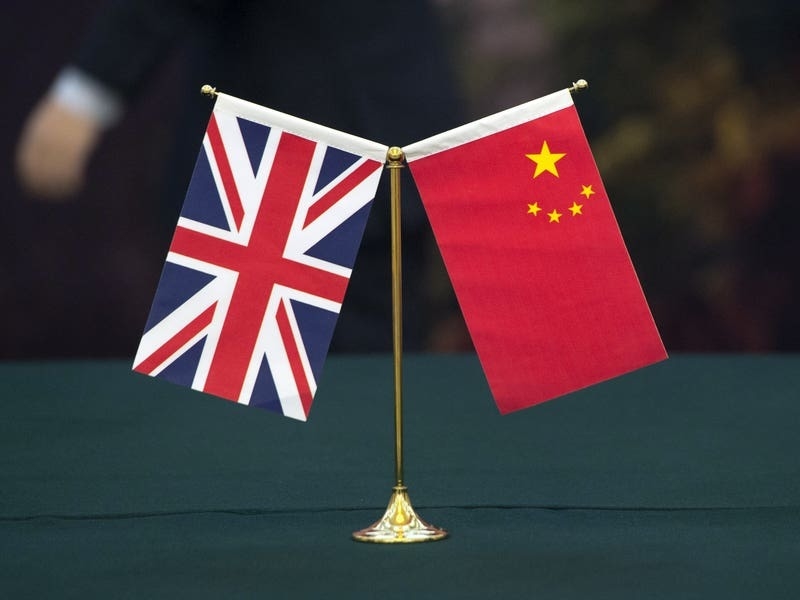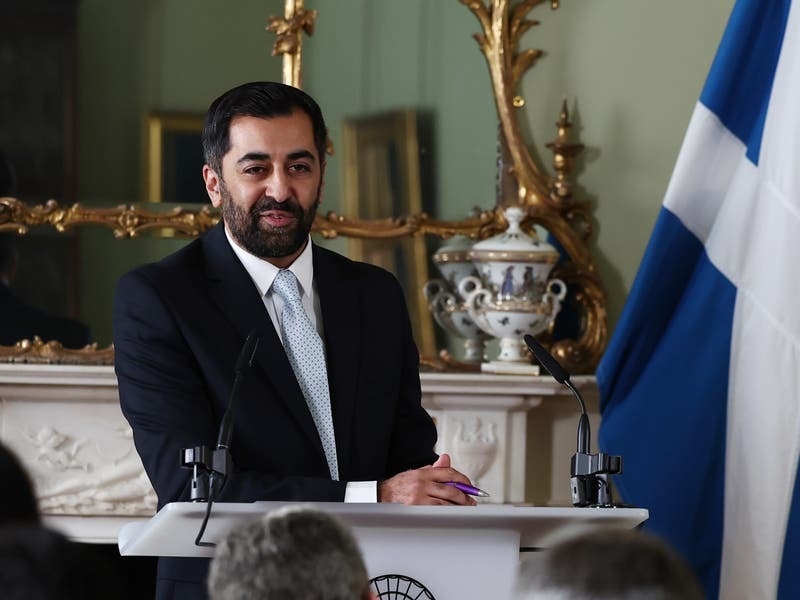The Stone of Destiny will return to England for the first time in more than a quarter of a century to play a key part in the coronation ceremony.
On its first outing south of the border since it was officially returned to Scotland after 700 years by then prime minister John Major in 1996, it will be transported under tight security following a previous raid before being placed beneath the Coronation Chair at Westminster Abbey.
It has become the symbol of Scottish nationhood but for 700 years, with the exception of just a few short months, it remained hundreds of miles away in London.

Measuring just 67cm in length, 24cm in width, and almost 27cm in height, it has played an outsize role in centuries of royal tradition.
Removed by King Edward I of England in 1296, it was brought back to Scotland by a gang of four Scottish nationalists in a daring Christmas Day raid in 1950, returned to Westminster Abbey months later, and then in 1996 sent back north of the border to Edinburgh.
Charles will be the latest royal to be crowned on the stone. Before it was looted in the Wars of Independence it was used in the coronation of Scottish kings for hundreds of years.
Professor Ewen Cameron, Sir William Fraser professor of Scottish history at the University of Edinburgh, said of its initial removal: “Edward was making a statement about the status of Scotland. One chronicler stated that its removal to London was ‘in recognition of a kingdom surrendered and conquered’.”
With the stone’s origins being a subject of debate, beyond its weight, dimensions and the type of rock which was likely quarried near Scone, much is unclear.

The Stone of Destiny first entered recorded history in 1057 when Macbeth’s stepson Lulach was proclaimed King at Scone, and the stone is rumoured to have been used in this way since the fourth century.
But since the 14th century it has been used by English monarchs, and then British ones when James VI of Scotland ascended to the English throne upon the death of Queen Elizabeth I in 1603.
The last time it featured in a ceremony was for Queen Elizabeth II in 1953, but there was a chance history would have told a different story.
Three years earlier Ian Hamilton, Gavin Vernon, Kay Matheson and Alan Stuart took part in the daring raid at Westminster Abbey to retrieve it.
Driving from Glasgow, where they went to university, to the UK capital they embarked on one of the most audacious heists of British history on Christmas Day intent on making a point about Scottish nationalism.
When it was discovered it was missing it caused an international sensation, the border between Scotland and England was closed for the first time in 400 years and a team of detectives from Scotland Yard were sent north to investigate.
It was later found on the site of the High Altar at Arbroath Abbey where, in 1320, Scottish nationhood was declared in the Declaration of Arbroath.

Prof Cameron said: “The students were not prosecuted to avoid giving publicity to the Scottish nationalist movement.
“The stone was returned to Westminster Abbey – its ‘traditional place’, according to the prime minister, Churchill in 1952 – in time for the coronation of Queen Elizabeth, and much to her delight.
“The stone had been an obscure item for most of the period that it was in London. Scottish nationalists saw that as a slight on Scotland and sought to bring it to public attention.
“The events of 1950 also established that the stone was the property of the monarch.”
It would remain in Westminster for the next 46 years until 1996 when, towards the end of John Major’s time in Number 10, he said it would be returned.
On July 3 that year the Conservative politician told the House of Commons: “The Stone of Destiny holds a special place in the hearts of Scots. On this, the 700th anniversary of its removal from Scotland, it is appropriate to return it to its historic homeland.”
On St Andrew’s Day the centuries-old stone returned, and was brought to Edinburgh where it was put on display in Edinburgh Castle.






